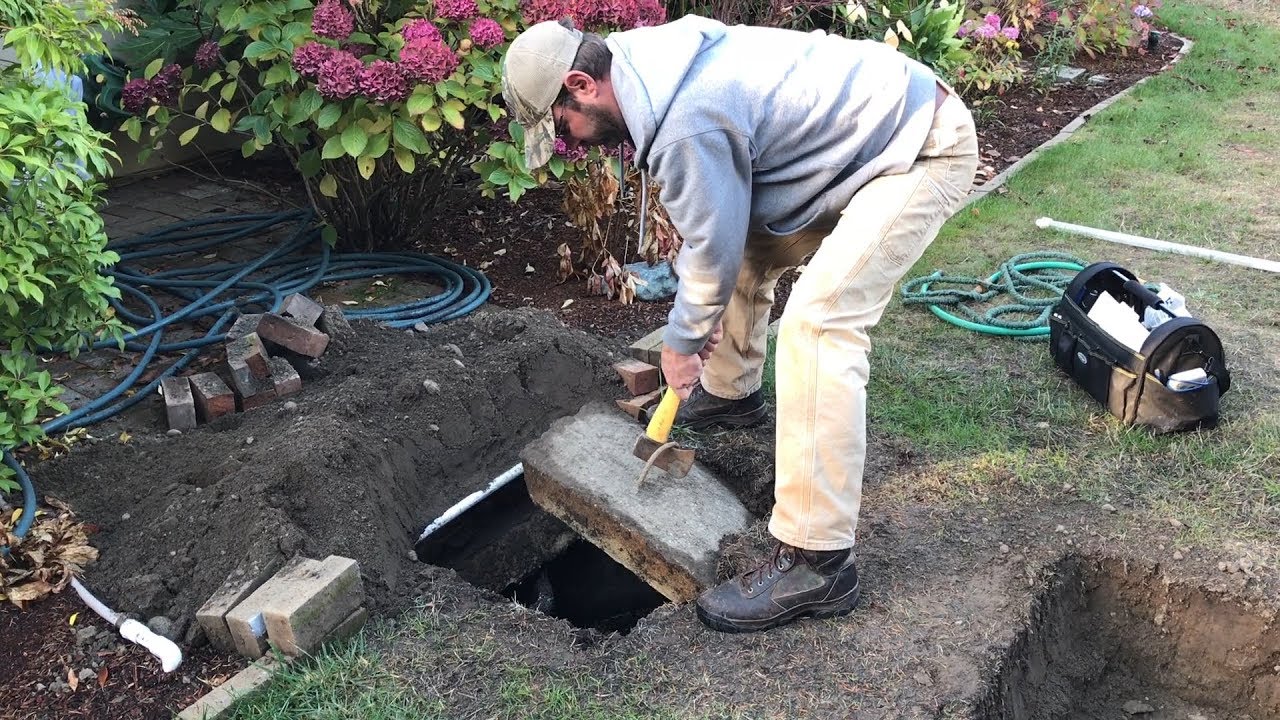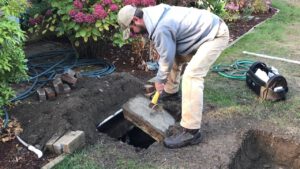Whether a fence is installed to define a property line or to demarcate a home’s garden, it must be built properly to ensure its strength and longevity. Choosing the right material is also important.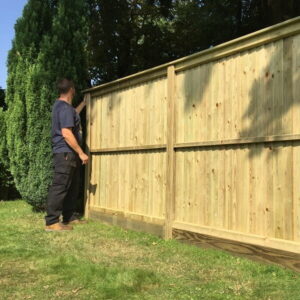
Before beginning the work, contact 811 to mark any buried gas or utility lines. Once marked, place stakes where fence posts will go, usually 6-feet to 8-feet apart. Visit https://www.roundrockfencerepair.com for more information.
When deciding on how much to spend on a fence, homeowners should consider factors such as the type of material and how much maintenance it will require. Some wood types, such as pine, are less expensive than others like redwood, but they may also need more frequent staining to prevent insect infestations and other damage.
The type of fence chosen should be suited to the climate where the home is located. For example, if the area tends to get a lot of rain, choosing a type of wood that will not warp or be susceptible to mildew growth and rot is important. Similarly, if the area has a lot of snow, it is best to choose lumber that will be able to withstand the weight of drifts.
Another factor that will affect the cost of a fence is the size of the property being fenced. Generally, the larger the area to be fenced, the higher the cost. It is often a good idea to hire a professional installation company to reduce the risk of errors during the construction process and ensure the fence will be straight and sturdy for years to come.
Additional costs for fence installation may include removing existing structures, digging holes to set posts and regrading the ground. These costs can add up quickly and significantly affect the overall price of the project. It is also a good idea to have your contractor check for underground utilities before starting work, as hitting a utility line could be costly and dangerous for both the homeowner and the installer. In some cases, a permit may be required for fence installation, and homeowners should check with their local municipality and homeowner association (HOA) to find out about requirements and fees.
Design
Before you begin installing a fence, you should consider its design. This will affect the overall look of your property and determine how much privacy you’ll have. There are many different styles of fences to choose from, so it’s important to pick one that suits your tastes and needs. Some options include wood, chain-link, and vinyl fencing. Each has its own advantages and disadvantages, so it’s important to do your research before making a final decision.
It’s also a good idea to consult with your neighbors before beginning the installation process. This will ensure that you are building a fence that is not only aesthetically pleasing, but also meets local regulations. In addition, it’s a good idea to make sure that your fence doesn’t obstruct their views or cause any other problems.
Once you’ve chosen a style of fence, you’ll need to mark the perimeter of your yard with stakes and string. This will help you find the exact location of your fence posts and ensure that it is straight. For the best results, it’s usually a good idea to use metal stakes rather than wooden ones, as these are more durable and will stand up better to weather elements.
Posts are the structural element of a fence and they hold up the rails and pickets that form the fence itself. There are 3 types of posts: terminal, corner, and line posts. Terminal posts are placed at the start and end points of a fence, corner posts are located at every bend in a fence line, and line posts are those in between.
Before you set your fence posts, it’s a good idea to prepare the area by digging a hole that’s at least as deep as the height of the post. Afterwards, add gravel to the bottom of the hole and spread it evenly. This will direct rain and snow melt away from the posts and help them last longer.
Materials
Whether you want to create privacy, demarcate property lines, or simply keep animals and children off your lawn, fences can do it all. But when choosing a fence material, make sure it’s the right one for your needs and budget. From wrought iron to chain-link, wood to vinyl and aluminum, there are many options available.
Wood is a popular option because of its natural look and durability. Cedar, for example, has a deep red color and tight grain that resists warping and shrinkage. But despite their advantages, wooden fences require regular maintenance and staining to prevent sun damage. Consequently, they’re usually more expensive than other materials, especially if you’re using cedar.
If you’re on a tighter budget, composite fencing might be the best choice for you. This type of fence is made of a combination of wood fibers and plastic polymers. However, it’s important to note that composite fences aren’t as durable as wood or vinyl, and they can be prone to moisture and weather damage.
For a more luxurious option, consider a wrought iron fence. Wrought iron is incredibly strong, and when properly maintained, it can last for years. But it’s also a bit more expensive than other metal options.
It’s important to check with your homeowners association or local government before installing a fence. Some neighborhoods have restrictions on the type and style of fence you can have, and you may need a permit to build a fence in your backyard. If you’re not familiar with your local regulations, contact a fence contractor to learn more. They can help you navigate your local laws and provide a quote for your fence installation project.
Permits
Fences are a common addition to homes for a number of reasons. Some people install them to add privacy, while others use them as a safety measure around children or pets. They can also be used to create a visual separation between properties or to add aesthetics to the landscape. Regardless of the reason, it is important to understand the different steps that are involved in installing a fence. This includes determining property lines and getting the right permits.
Whether or not you need a permit for your fence depends on local regulations, codes and zoning. This includes how tall your fence can be, what materials you can use and if there are any other restrictions. It is also a good idea to check with your neighbors to see if they have any concerns or restrictions.
Most places require a site plan and inspections to determine if your fence is up to code. The plan will also be analyzed to determine if the structure is going to interfere with any utilities on your property. In addition, you may need to contact 811 before you begin construction so that the utility company can mark any underground lines.
When it comes to residential and commercial fencing, the permit process is generally the same. You will need to submit a plan for review and inspections along with the proper fees. Once the plan is approved, you will be issued a permit to begin construction. You must always follow the guidelines set forth in the permit to avoid any violations. If you do not follow the guidelines, you could be required to remove your fence at your own expense.
Contractors
When hiring fence contractors, it’s important to do your homework. Ask neighbors, friends and family for recommendations and read online reviews. Ask about rates and whether the fence company offers a warranty on their work. It’s also a good idea to ask what kind of insurance they carry.
When obtaining estimates, the best companies will visit your home and survey the yard. They will look for things like underground utilities, sheds and landscaping that could be impacted by the fence. They will also consider connection points to your neighbor’s property lines. They’ll ask about the type of fence you want and what obstacles may need to be overcome, such as sloping grounds or tree roots.
A good fence contractor will know the local zoning rules and which fence materials last the longest in your area’s climate. They will also know which types of fences require a permit and how far away from property lines they need to be.
Once you’ve chosen a fence company, it’s a good idea to prepare the work site before the crew arrives. Remove items from the yard that you don’t need and move anything that can be easily moved. This will make it easier for the workers to complete their job quickly and efficiently.
During the estimate process, it’s a good idea to ask questions about the fence company’s experience and expertise. You can also ask for references from previous customers. If the fence company is a large chain, you might be able to get information from their website or contact their customer service department for more details. In addition, ask the company if they will call the local utility locator to mark any underground lines before starting construction.
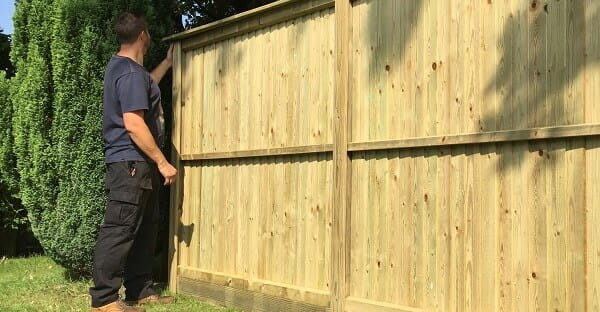
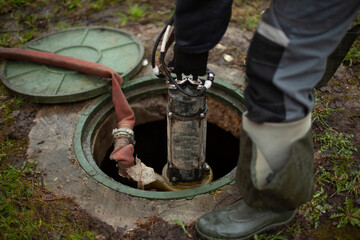
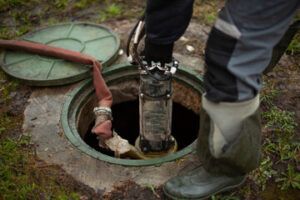
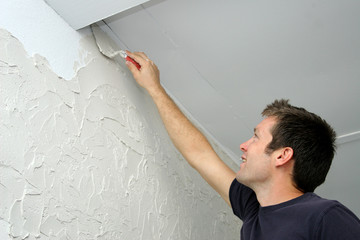
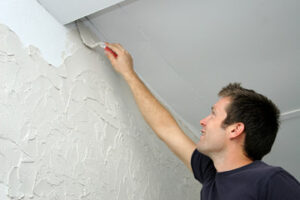 Drywall repair can be a satisfying DIY project but requires the right tools. You’ll find drywall repair tools at home improvement stores, hardware shops and online. You may even have some already in your toolbox or kitchen drawer. Some are designed for large repairs, while others are ideal for smaller jobs.
Drywall repair can be a satisfying DIY project but requires the right tools. You’ll find drywall repair tools at home improvement stores, hardware shops and online. You may even have some already in your toolbox or kitchen drawer. Some are designed for large repairs, while others are ideal for smaller jobs.